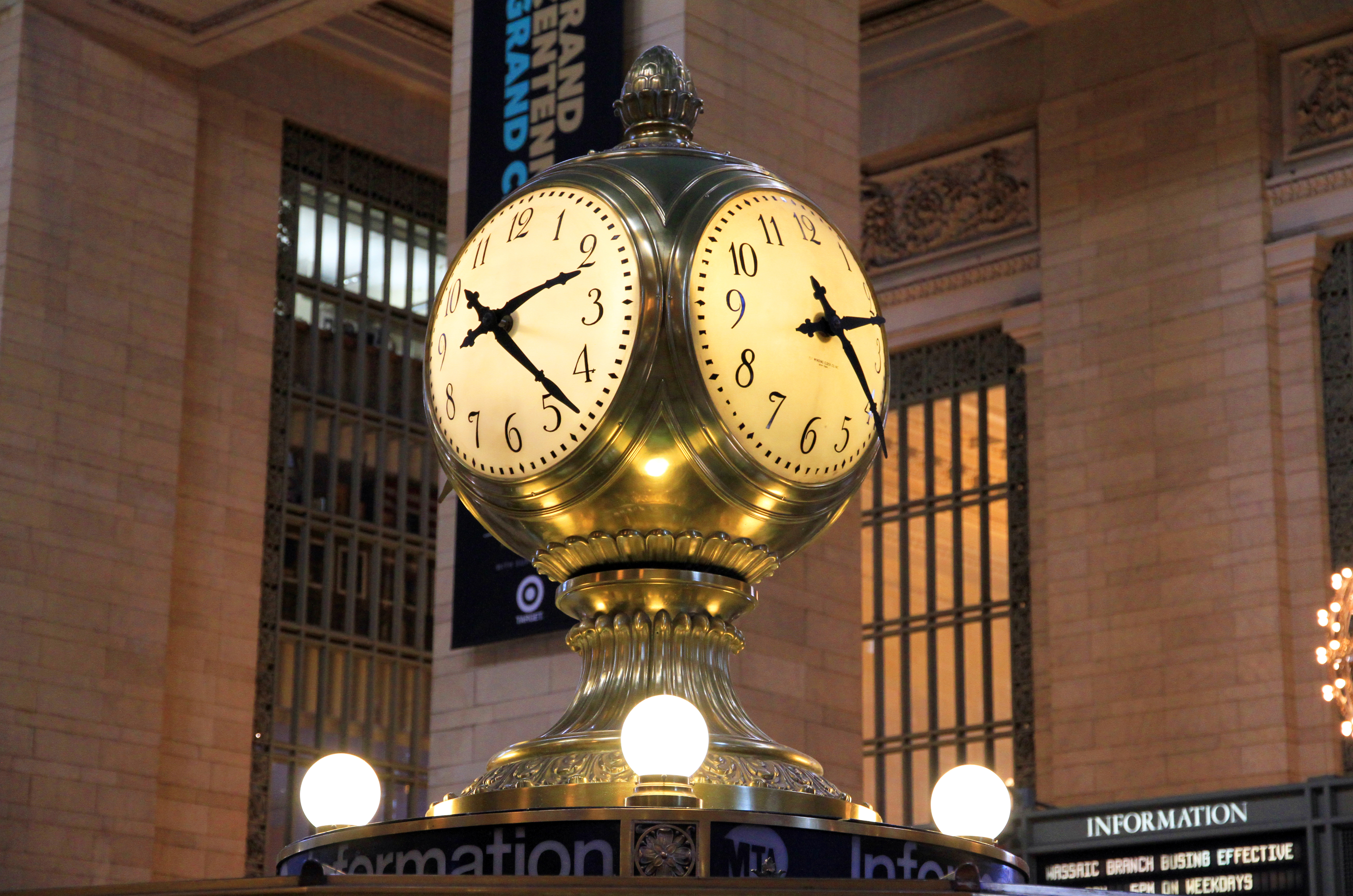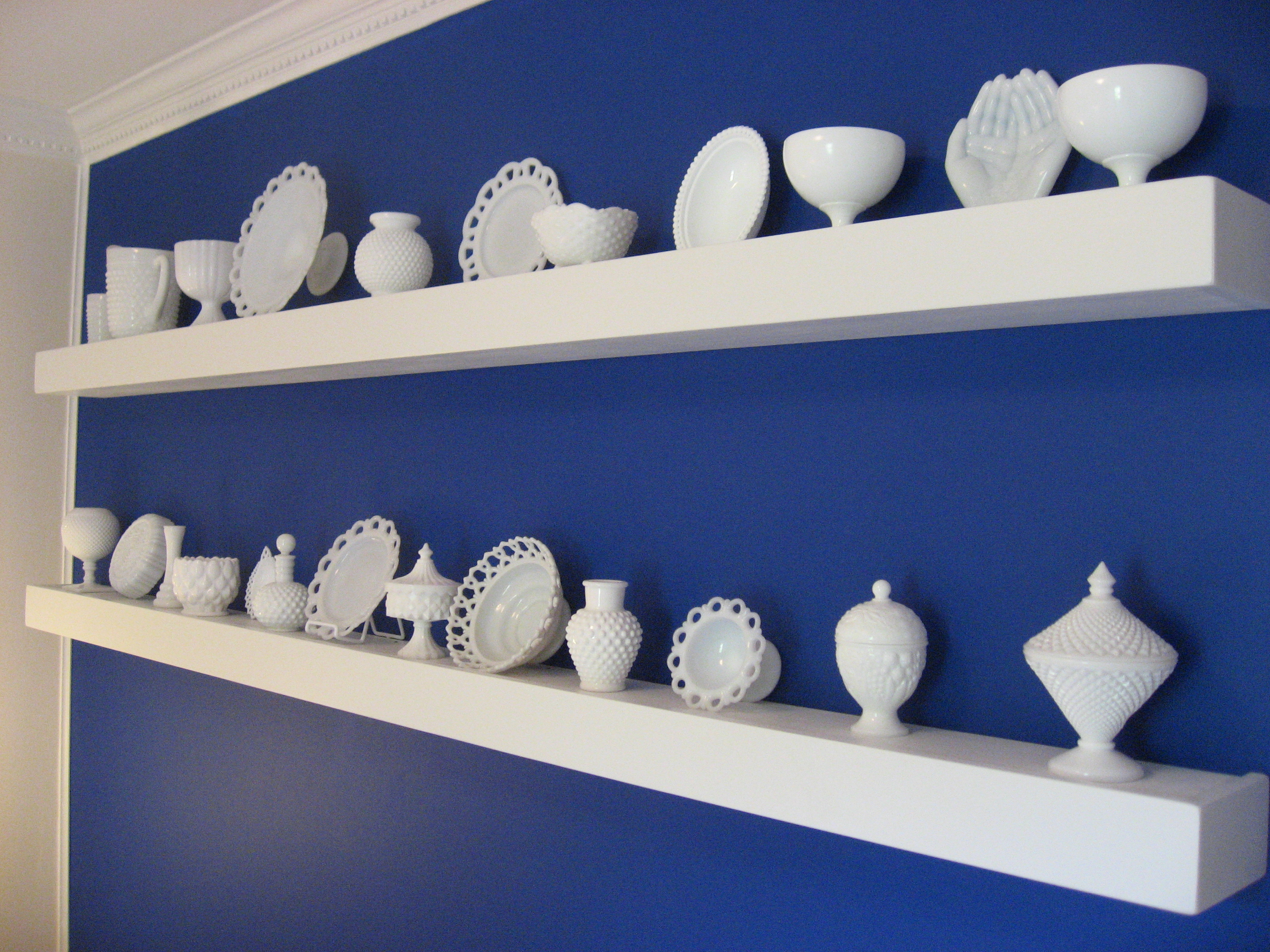Milk Glass on:
[Wikipedia]
[Google]
[Amazon]
 Milk glass is an opaque or translucent, milk white or colored
Milk glass is an opaque or translucent, milk white or colored
 Milk glass contains dispersion of particles with
Milk glass contains dispersion of particles with
 First made in
First made in  Milk glass is often used for architectural decoration when one of the underlying purposes is the display of graphic information. The original milk glass marquee of the
Milk glass is often used for architectural decoration when one of the underlying purposes is the display of graphic information. The original milk glass marquee of the
 * Dithridge & Company
* Fenton Glass Company
*
* Dithridge & Company
* Fenton Glass Company
* Thai Soojung Glass Company Limited
/ref> * Westmoreland Glass Company
National Milk Glass Collectors Society
National Westmoreland Glass Collectors Club
Primary processing of Murano Glass
Basic Overview on Milk Glass
{{DEFAULTSORT:Milk glass Glass compositions Collecting
 Milk glass is an opaque or translucent, milk white or colored
Milk glass is an opaque or translucent, milk white or colored glass
Glass is a non- crystalline, often transparent, amorphous solid that has widespread practical, technological, and decorative use in, for example, window panes, tableware, and optics. Glass is most often formed by rapid cooling (quenchin ...
that can be blown or pressed into a wide variety of shapes. First made in Venice
Venice ( ; it, Venezia ; vec, Venesia or ) is a city in northeastern Italy and the capital of the Veneto Regions of Italy, region. It is built on a group of 118 small islands that are separated by canals and linked by over 400 ...
in the 16th century, colors include blue, pink, yellow, brown, black, and white.
Principle
 Milk glass contains dispersion of particles with
Milk glass contains dispersion of particles with refractive index
In optics, the refractive index (or refraction index) of an optical medium is a dimensionless number that gives the indication of the light bending ability of that medium.
The refractive index determines how much the path of light is bent, ...
significantly different from the glass matrix, which scatter light by the Tyndall scattering
The Tyndall effect is light scattering by particles in a colloid or in a very fine suspension. Also known as Tyndall scattering, it is similar to Rayleigh scattering, in that the intensity of the scattered light is inversely proportional to the ...
mechanism. The size distribution and density of the particles control the overall effect, which may range from mild opalization to opaque white. Some glasses are somewhat more blue from the side, and somewhat red-orange in pass-through light.
The particles are produced via addition of opacifier
An opacifier is a substance added to a material in order to make the ensuing system opaque. An example of a chemical opacifier is titanium dioxide (TiO2), which is used as an opacifier in paints, in paper, and in plastics. It has very high refract ...
s to the melt. Some opacifiers can be insoluble and only dispersed in the melt. Others are added as precursors and react in the melt, or dissolve in the molten glass and then precipitate as crystals on cooling; this is similar to color production in striking glasses, but the particles are much bigger.
The opacifiers can be e.g. bone ash
Bone ash is a white material produced by the calcination of bones. Typical bone ash consists of about 55.82% calcium oxide, 42.39% phosphorus pentoxide, and 1.79% water. The exact composition of these compounds varies depending upon the type of bo ...
, or tin dioxide
Tin(IV) oxide, also known as stannic oxide, is the inorganic compound with the formula SnO2. The mineral form of SnO2 is called cassiterite, and this is the main ore of tin. With many other names, this oxide of tin is an important material in tin ...
and arsenic
Arsenic is a chemical element with the symbol As and atomic number 33. Arsenic occurs in many minerals, usually in combination with sulfur and metals, but also as a pure elemental crystal. Arsenic is a metalloid. It has various allotropes, b ...
and antimony
Antimony is a chemical element with the symbol Sb (from la, stibium) and atomic number 51. A lustrous gray metalloid, it is found in nature mainly as the sulfide mineral stibnite (Sb2S3). Antimony compounds have been known since ancient ti ...
compounds. They are also added to ceramic glaze
Ceramic glaze is an impervious layer or coating of a vitreous substance which has been fused to a pottery body through firing. Glaze can serve to color, decorate or waterproof an item. Glazing renders earthenware vessels suitable for holding ...
s, which can be chemically considered to be a specific kind of milk glass.
History
Venice
Venice ( ; it, Venezia ; vec, Venesia or ) is a city in northeastern Italy and the capital of the Veneto Regions of Italy, region. It is built on a group of 118 small islands that are separated by canals and linked by over 400 ...
in the 16th century (''lattimo'') as a translucent competitor for porcelain
Porcelain () is a ceramic material made by heating substances, generally including materials such as kaolinite, in a kiln to temperatures between . The strength and translucence of porcelain, relative to other types of pottery, arises main ...
, colors include blue, pink, yellow, brown, black, and white. Some 19th-century glass makers called milky white opaque glass "opal glass". The name milk glass is relatively recent.
Made into decorative dinnerware
Tableware is any dish or dishware used for setting a table, serving food, and dining. It includes cutlery, glassware, serving dishes, and other items for practical as well as decorative purposes. The quality, nature, variety and number of obj ...
, lamp
Lamp, Lamps or LAMP may refer to:
Lighting
* Oil lamp, using an oil-based fuel source
* Kerosene lamp, using kerosene as a fuel
* Electric lamp, or light bulb, a replaceable component that produces light from electricity
* Light fixture, or ligh ...
s, vase
A vase ( or ) is an open container. It can be made from a number of materials, such as ceramics, glass, non-rusting metals, such as aluminium, brass, bronze, or stainless steel. Even wood has been used to make vases, either by using tree species ...
s, and costume jewellery
Costume or fashion jewelry includes a range of decorative items worn for personal adornment that are manufactured as less expensive ornamentation to complement a particular fashionable outfit or garmentBaker, Lillian. Fifty Years of Collectabl ...
, milk glass was highly popular during the ''fin de siècle
() is a French term meaning "end of century,” a phrase which typically encompasses both the meaning of the similar English idiom "turn of the century" and also makes reference to the closing of one era and onset of another. Without context, ...
''. Pieces made for the wealthy of the Gilded Age
In United States history, the Gilded Age was an era extending roughly from 1877 to 1900, which was sandwiched between the Reconstruction era and the Progressive Era. It was a time of rapid economic growth, especially in the Northern and Wes ...
are known for their delicacy and beauty in color and design, while Depression glass
Depression glass is glassware made in the period 1929–1939, often clear or colored translucent machine-made glassware that was distributed free, or at low cost, in the United States and Canada around the time of the Great Depression. Depres ...
pieces of the 1930s and 1940s are less so.
 Milk glass is often used for architectural decoration when one of the underlying purposes is the display of graphic information. The original milk glass marquee of the
Milk glass is often used for architectural decoration when one of the underlying purposes is the display of graphic information. The original milk glass marquee of the Chicago Theatre
The Chicago Theatre, originally known as the Balaban and Katz Chicago Theatre, is a landmark theater located on North State Street in the Loop area of Chicago, Illinois. Built in 1921, the Chicago Theatre was the flagship for the Balaban a ...
has been donated to the Smithsonian Institution
The Smithsonian Institution ( ), or simply the Smithsonian, is a group of museums and education and research centers, the largest such complex in the world, created by the U.S. government "for the increase and diffusion of knowledge". Found ...
. A famous use of milk glass is for the four faces of the information booth clock at Grand Central Terminal
Grand Central Terminal (GCT; also referred to as Grand Central Station or simply as Grand Central) is a commuter rail terminal located at 42nd Street and Park Avenue in Midtown Manhattan, New York City. Grand Central is the southern terminus ...
in New York City
New York, often called New York City or NYC, is the List of United States cities by population, most populous city in the United States. With a 2020 population of 8,804,190 distributed over , New York City is also the L ...
. Barbetta, the New York Italian restaurant founded in 1906 and still in business as of 2022, has what is said to be the last opal glass sign in the city.
Collectible
Milk glass has a considerable following of collectors. Glass makers continue to produce both original pieces and reproductions of popular collectible pieces and patterns.Notable manufacturers
 * Dithridge & Company
* Fenton Glass Company
*
* Dithridge & Company
* Fenton Glass Company
* Fostoria Glass Company
The Fostoria Glass Company was a manufacturer of pressed, blown and hand-molded glassware and tableware. It began operations in Fostoria, Ohio, on December 15, 1887, on land donated by the townspeople. The new company was formed by men from West ...
* Imperial Glass Company
* Kanawha Glass Co.
* L.E. Smith Glass Company
* Mosser Glass
* Thai Soojung Glass Company Limited/ref> * Westmoreland Glass Company
References
External links
National Milk Glass Collectors Society
National Westmoreland Glass Collectors Club
Primary processing of Murano Glass
Basic Overview on Milk Glass
{{DEFAULTSORT:Milk glass Glass compositions Collecting